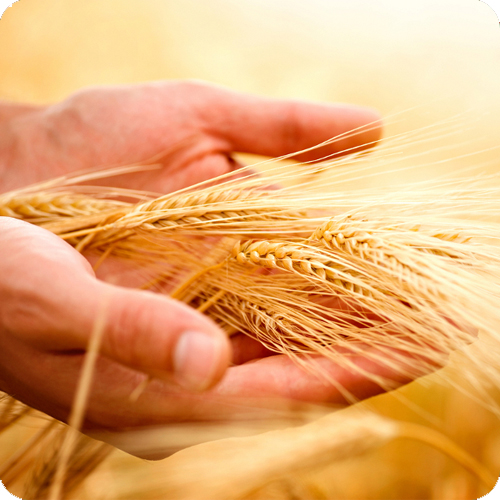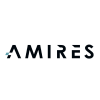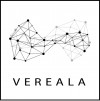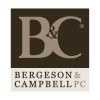Within agriculture, nanomaterials and applications derived from using nanotechnologies range from producing smaller, more efficient plant protection products (i.e. pesticides) with reduced environmental impact, to applying sensors to monitor the status of the farmland or animal health.

Nanotechnology developments cover seed treatments, improved water utilization through increased irrigation efficiency, improved utilization of fertilizers with slow release and with improved nitrates control, formulation of active pesticide ingredients into emulsions with increased efficiency while allowing for lower dosing which therefore are better for the environment. Nanotechnologies can also be applied to improve energy efficiency, e.g. in glass panels used in greenhouses.
In the EU there are two main groups of pesticides:
- Plant protection products for use in agriculture (i.e. pesticides)
- Biocidal products which is the EU term for products that prevent microbial growth in other areas (e.g. for use as disinfectants, preservatives or for pest control)
There are several important regulations in the EU that directly or indirectly cover pesticides and biocides. In 2009 Regulation (EC) No 1107/2009 entered into force concerning the placing of plant protection products on the market. This regulation is applicable since 2011. Within the EU, the risk assessment of active ingredients in pesticides is performed by the European Food Safety Authority (EFSA) while the assessment of products containing active ingredients is performed at a the Member State level.
In 2012 a new Biocidal Product Regulation (BPR) (EU 528/2012) was adopted in the EU. The BPR specifically requires assessment and approval of active nanomaterial biocidal ingredients. Following the new BPR, the risk assessment of biocides will be coordinated by the European Chemicals Agency (ECHA) in Helsinki. The BPR entered into force 1 September 2013.
Support for NIA Members:
NIA provides specific support to its Members in the Agriculture, Pesticide & Biocides Sector.



















